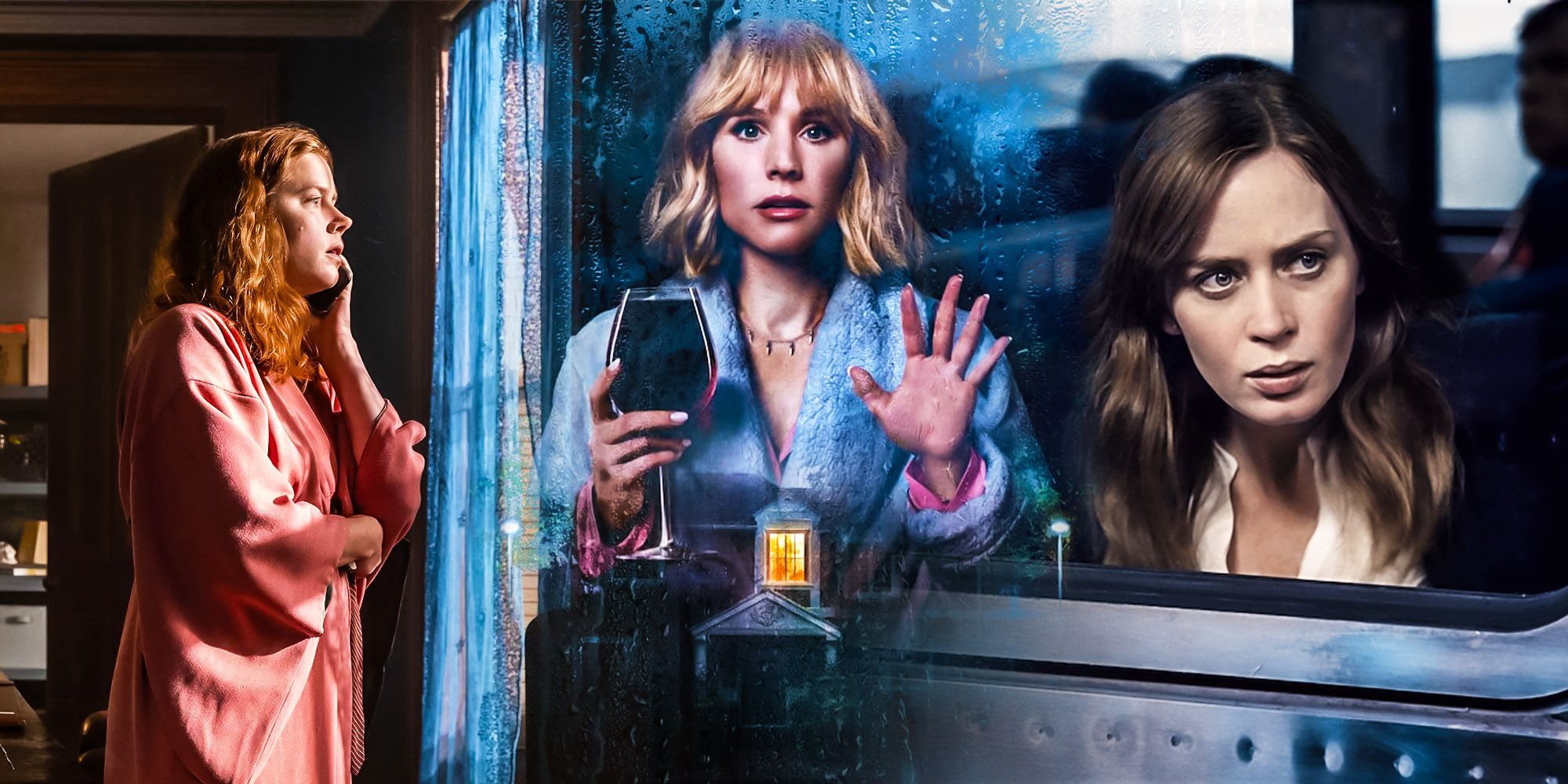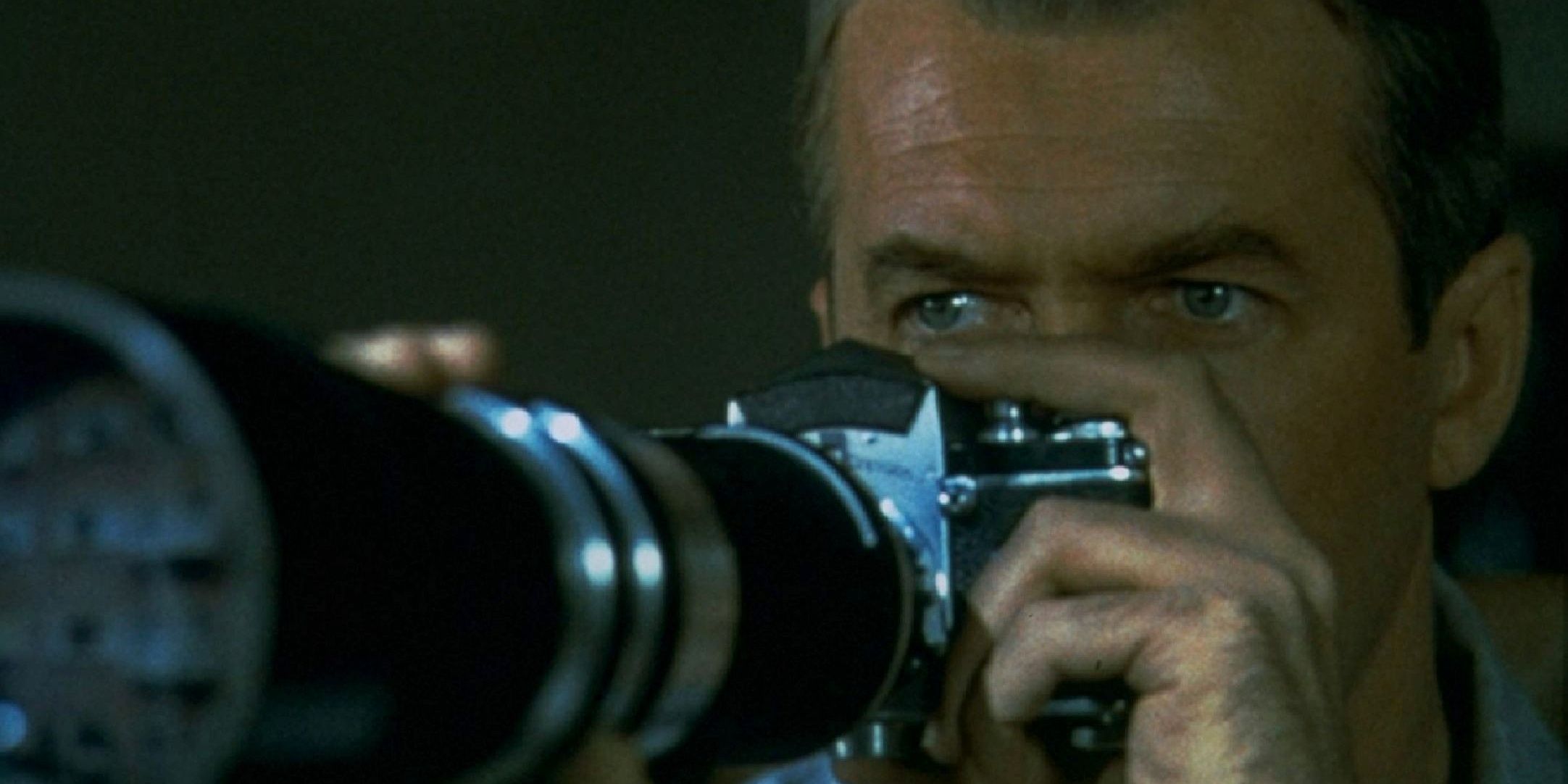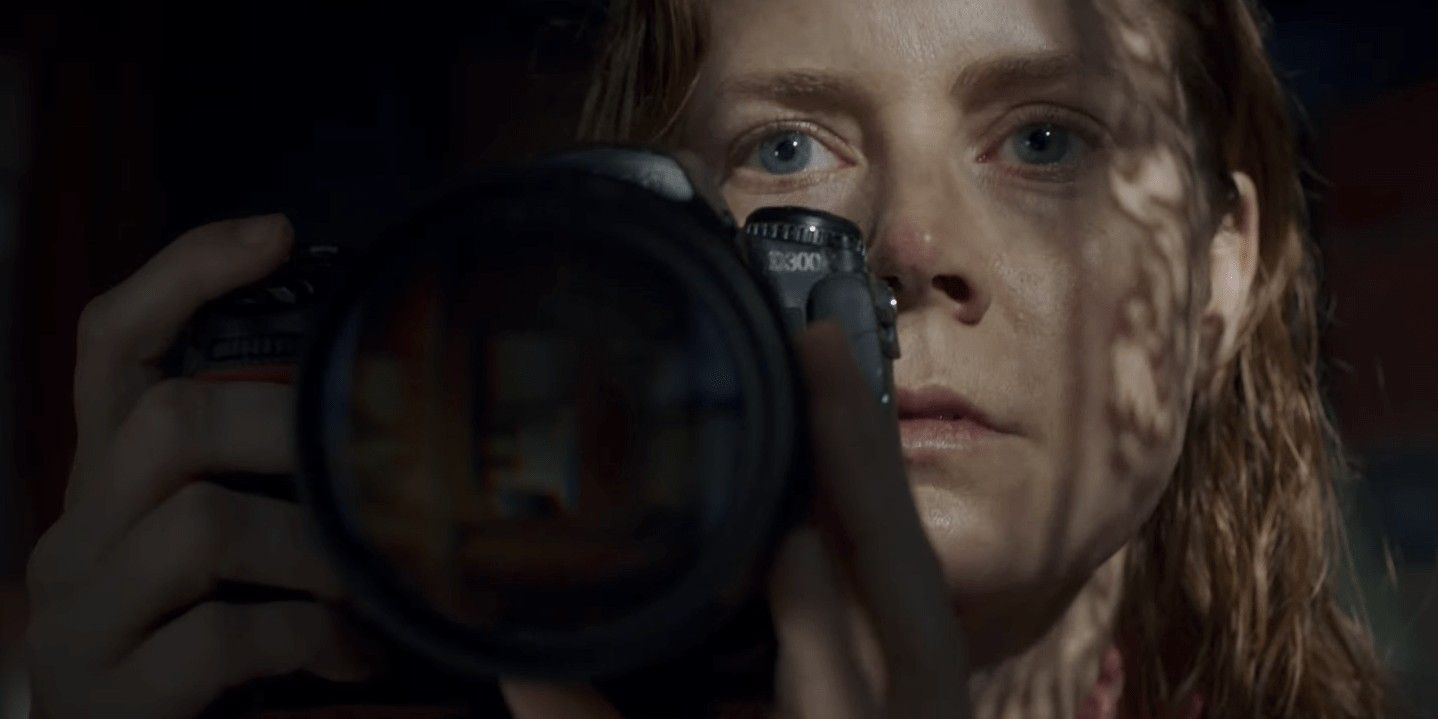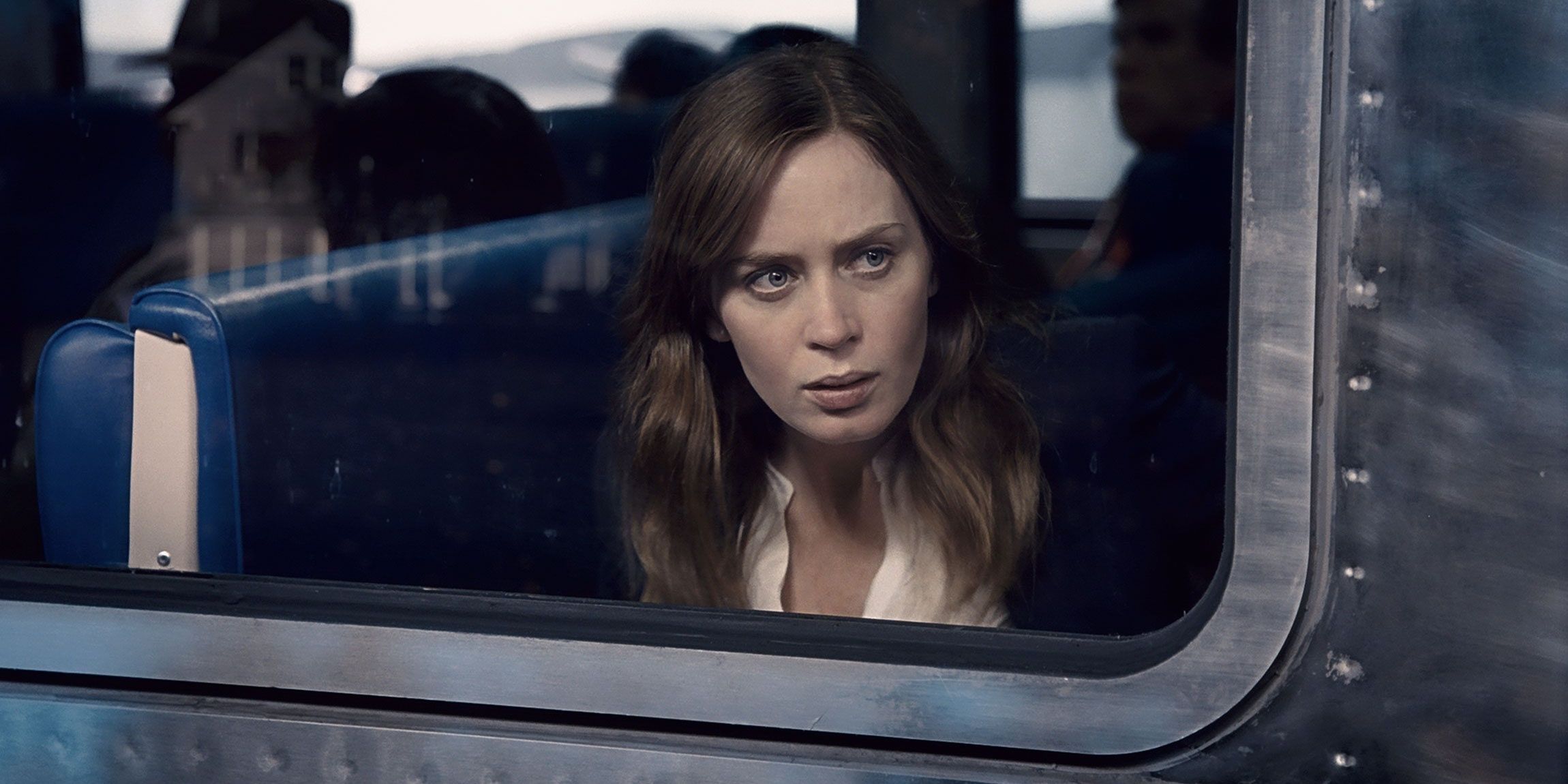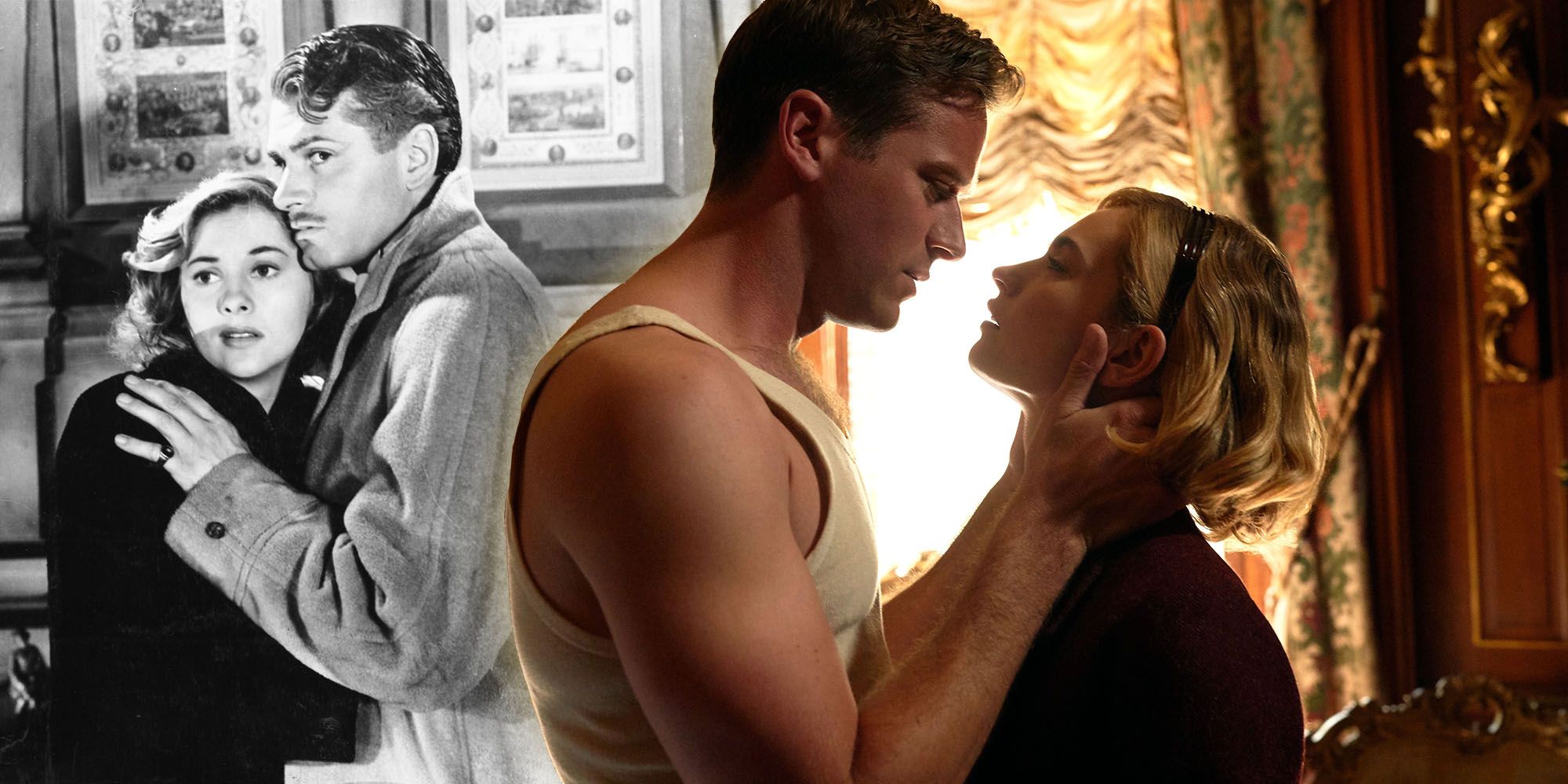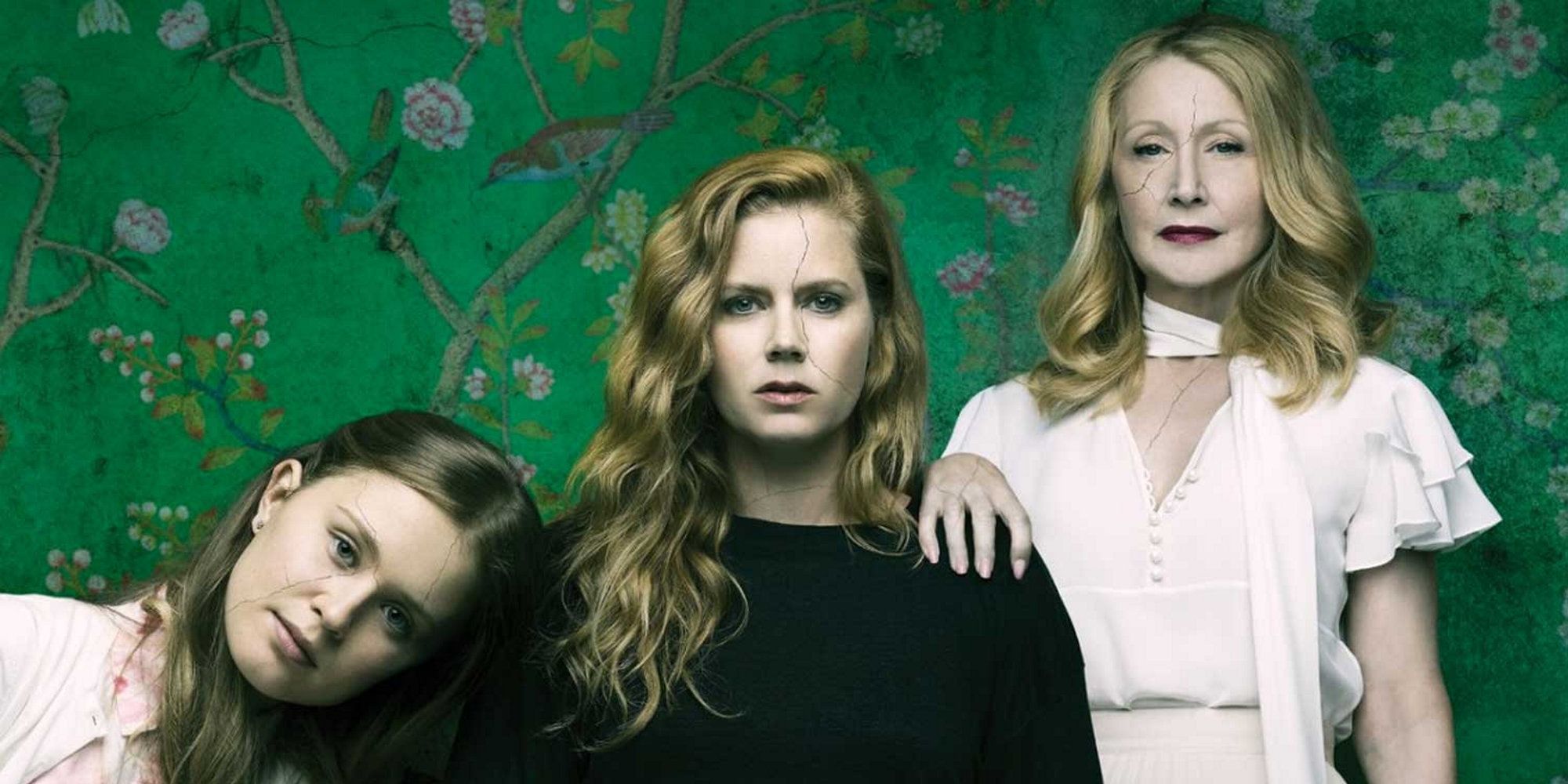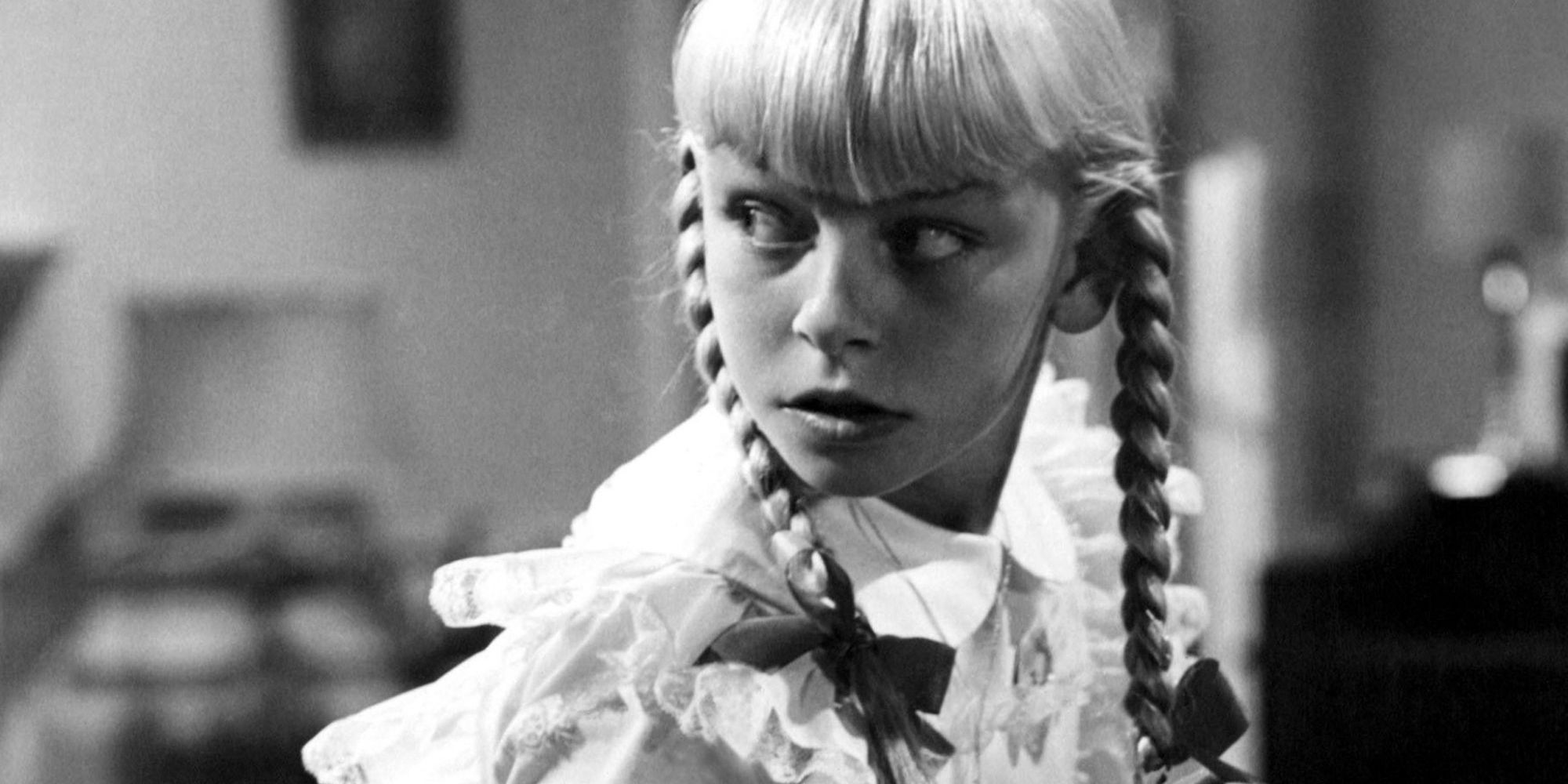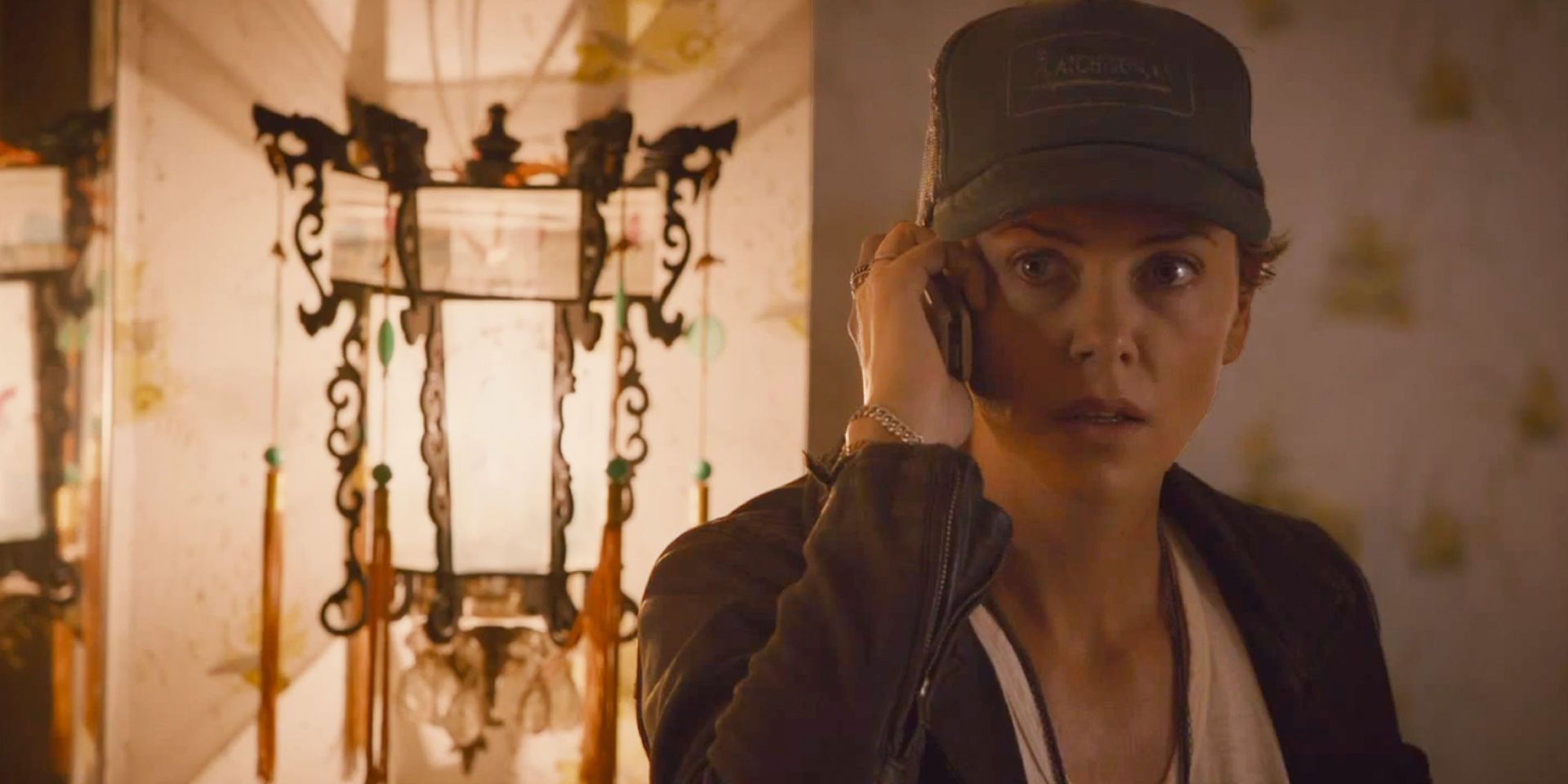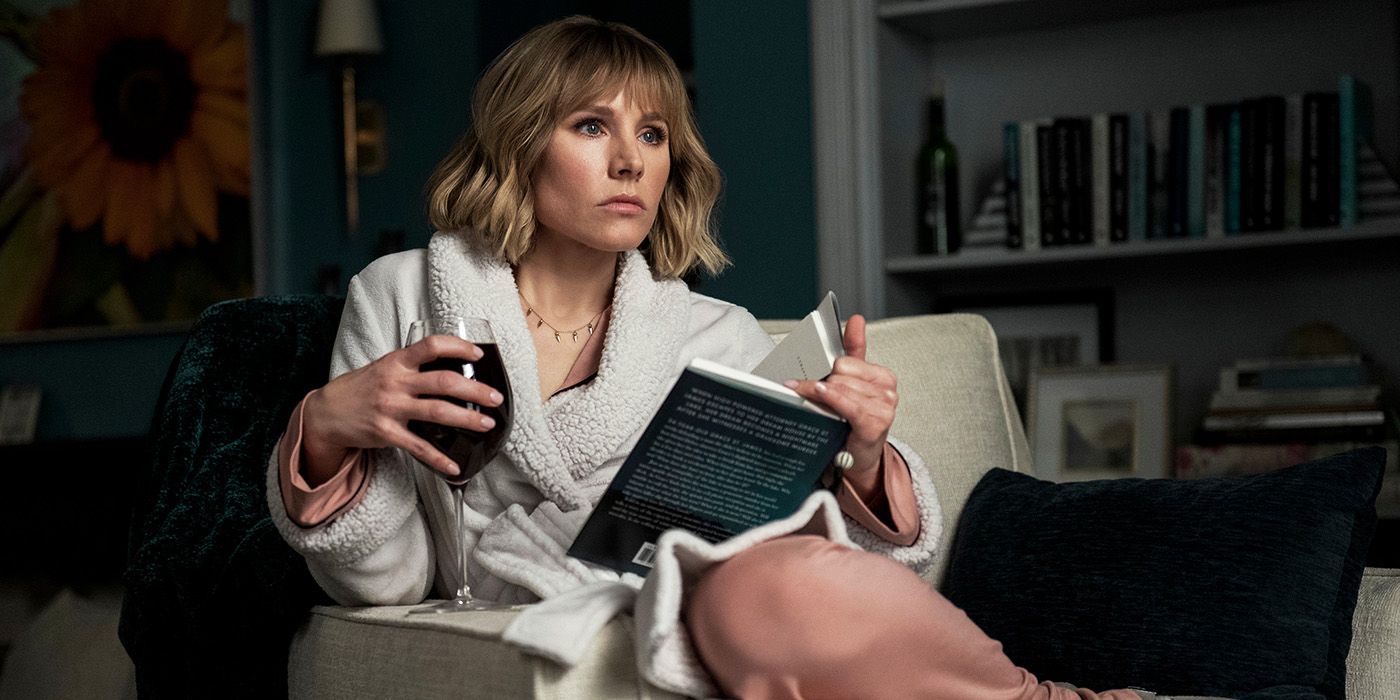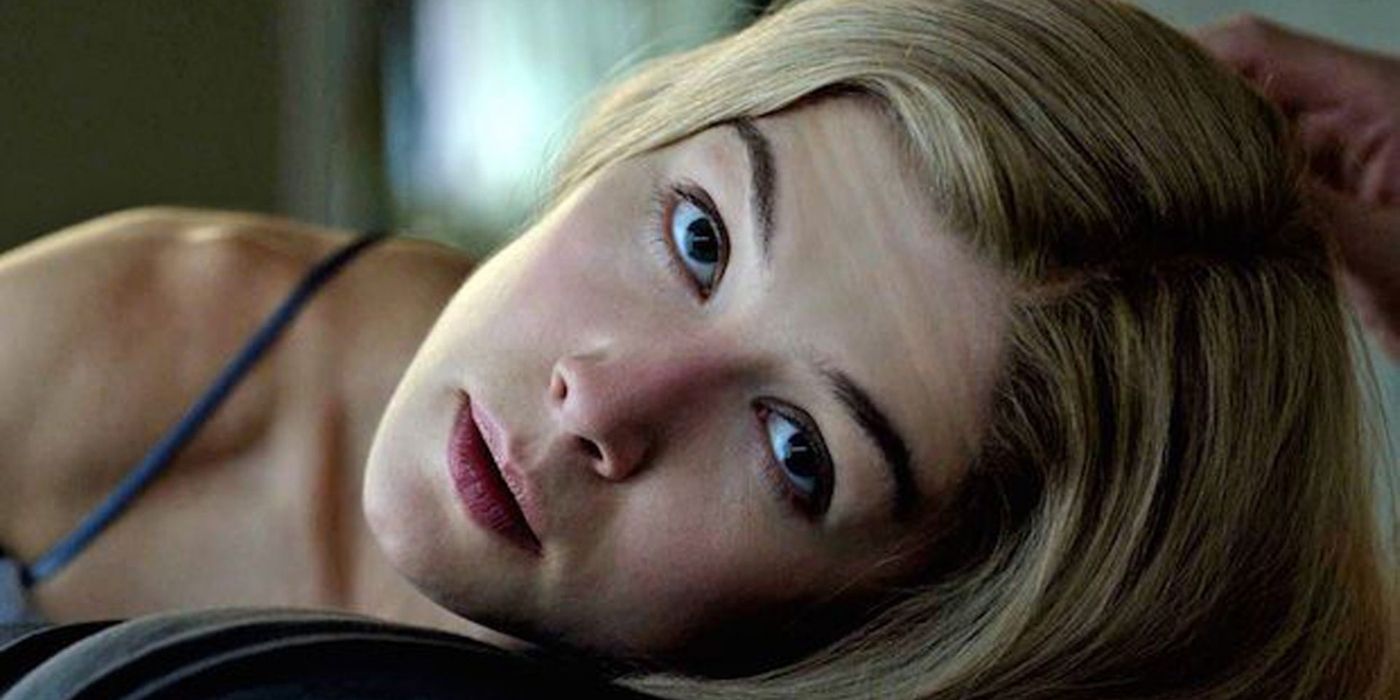Netflix’s The Woman in the House Across the Street from the Girl in the Window starring Kristen Bell spoofs multiple psychological thrillers using plot points many viewers have seen before. Kristen Bell’s The Woman in the House character Anna witnesses what she believes is a murder while spying on her new neighbors through her window. What follows is a darkly comedic story surrounding the protagonist’s attempt to piece together the mystery of who killed the woman in the house across the street. Anna conducts her own investigation after being written off by the police and gaslighted by everyone from Christina Anthony’s Detective Lane to her less than friendly neighbor Carol (Brenda Koo).
Anna lives alone and spends her days planted in a chair in front of her window being nosey, and drinking alcohol she unwisely mixes with prescription meds ever since her divorce and the tragedy of losing her daughter. When she witnesses the murder of her neighbor’s girlfriend, she is ignored by everyone around her. Everyone, including her best friend, believes she was hallucinating due to her alcoholism and tendency to forget major life events–including the death of her daughter, who she speaks to on a regular basis.
The story of a person witnessing an accident before taking it into their own hands when no one believes them is not a new one. Characters’ refusal to rely on the seemingly inept police officers assigned to the case speckle the psychological thriller genre. The Woman in the House pulls out all the stops when it comes to imitating such storylines, turning the dramatic plots on their head through deadpan humor. While the inspiration behind many scenes is hard to miss, the Netflix series is inspired by more than just the obvious Netflix originals and Gillian Flynn adaptations like director David Fincher’s Gone Girl. Here is every psychological thriller The Woman in the House is based on.
Rear Window (1954)
Alfred Hitchcock’s Rear Window is often considered the gold standard of psychological murder mysteries. The often imitated plot involves a man named Jeff (James Stewart) whose broken leg has left him house-bound, similar to Anna’s fear of rain, which prevents her from traveling too far from home. Desperate for entertainment, both Jeff and Anna begin gazing out their window and paying a little too much attention to their neighbors. After hearing a woman screaming along with the sound of broken gas, Jeff starts watching one of his neighbors who is making multiple trips through the rain while carrying a suitcase. Similar to Alfred Hitchcock’s movie, Anna notices a woman with her neck slit and becomes suspicious as her neighbor Neil (Tom Riley) is carrying a large case which she assumes contains the body of his dead girlfriend. After detectives find no evidence of a murder having ever happened, the protagonists take the investigation into their own hands.
The Woman in the Window (2021)
While Hitchcock may have created the original housebound protagonist witnessing a murder through their window, The Woman in the House takes most of its inspiration from another Hitchcock-inspired Netflix thriller. The Woman in the Window starring Amy Adams was ripe for parody after it became one of the most disappointing movies of 2021. The similarities between the two are constant as The Woman in the House practically becomes the TV show remake of The Woman in the Window right down to both main characters being named Anna.
Both Annas have phobias limiting their travel, and speak to their dead daughters, having forgotten that they died in the first place. Their families look relatively similar, and they have a drinking problem, mixing medication with alcohol. Like in Rear Window, they both witness a murder after spying on their neighbors. The Annas are gaslighted by police officers who see their pill bottles and assume they must be hallucinating. People inexplicably show up at Anna’s house on a constant basis just like the characters in The Woman in the Window, the Annas are never working, participate in at-home therapy sessions, find an earring they think is evidence, and have live-in tenants who mysteriously mention their past mistakes. Both examples go through numerous red herrings until it is revealed that it was the child–who the Annas thought they needed to protect–who killed their father’s newest love interest. A final showdown takes place during a rainstorm, and the lead women are forced to kill the young murderers after overcoming their fear.
The Girl on the Train (2016)
In 2016’s The Girl on the Train, which was adapted again in 2021, another woman is gaslighted into thinking that the crime she witnessed didn’t actually happen. Both protagonists are once again alcoholics. Anna loses her child and Girl on the Train protagonist Rachel (Emily Blunt) discovers she cannot have children. They both think they witnessed a murder but are disbelieved due to their history of blackouts before being accused of committing the murder themselves once police discover it actually happened. They take the investigation into their own hands yet again, and the violent daydreams Anna has of Neil are very similar to the way Rachel’s abusive ex-husband actually conducted himself.
Rebecca (2020)
The remake of Alfred Hitchcock’s Rebecca covers different themes than The Woman in the House, however, manipulation and gaslighting are common tropes seen in both. The titular Rebecca is the new wife rather struggling against the lingering memory of her spouse’s ex-wife. Both women are manipulated and gaslighted. Anna is gaslighted so heavily that the other characters attempt to convince her the murder was her fault while Rebecca is manipulated into believing her new husband doesn’t want to be married to her.
Sharp Objects (2018)
Most of Gillian Flynn’s screen adaptations could justifiably be on this list, and Sharp Objects is no exception. It stars actor Amy Adams once again as a woman who falls into the role of investigating a murder. There is a series of killings in both, and the murders are committed by a character many viewers might not have expected.
The Bad Seed (1956)
The reveal that the killer is a child may be borrowed from The Woman in the Window’s teenage sociopath, but it’s also inspired by The Bad Seed. In the 1956 film, a murderous little girl is responsible for a string of deaths. While all three antagonists happen to be under 18, the storyline of having a little girl be responsible for not one but several murders is taken directly from The Bad Seed.
Dark Places (2015)
Dark Places is another Flynn adaptation and stars Charlize Theron. While the actual plot is not the same as the previous entries on this list, it still centers around a woman taking it upon herself to investigate a murder mystery. In Dark Places, the protagonist is attempting to find out whether or not her brother committed the murders for which he is now imprisoned during the height of the Satanic Panic.
Various Lifetime Movies
It is hard for viewers to ignore the feeling that The Woman in the House could be taken straight from the Lifetime channel, which is known for showing various women thrust into dangerous situations. Buell’s subplot is also reminiscent of a Lifetime original which will generally involve a creepy yet kind and innocent red herring. The female lead tends to take things into her own hands and there’s occasionally a mysterious neighbor that has just moved in. Viewers have cited Mommy’s Little Girl (2016) as the ultimate example because it is overflowing with just about every trope on this list.
Honorable Mentions
There are multiple other films and television series that The Woman in the House might have taken inspiration from. These examples are only mildly related to the plot of the limited series, but audiences have speculated that they may have influenced the show nonetheless.
The Woman in Cabin 10 – Those who read the book have been patiently waiting for a The Woman in Cabin 10 adaptation since 2017. A journalist witnesses a murder on a cruise ship, but is informed the woman never existed. Notably, while Anna is on the plane in the final scene, she starts to read a fictional book called The Girl on the Cruise.
Utopia (2020) – After the events depicted in a graphic novel begin to happen, a group of young adults are forced to take it upon themselves to save everyone else.
Gone Girl (2014) – A similar atmosphere is portrayed in Gone Girl as a man is accused of killing his wife, but in a different spin on the stereotypical films listed above, the husband not only didn’t kill his wife but as part of one of the best movie plot twist of the 2010s, the woman was alive the entire time after faking her own death, an idea that is briefly put forth in The Woman in the House.
House at the End of the Street (2012) – The new neighbor who also happens to be a divorcee moves in with her child. In a reversal of the events in The Woman in the House Across the Street from the Girl in the Window, they are the protagonists while the neighbor with a dark and murderous secret is the one who already lives down the street.

